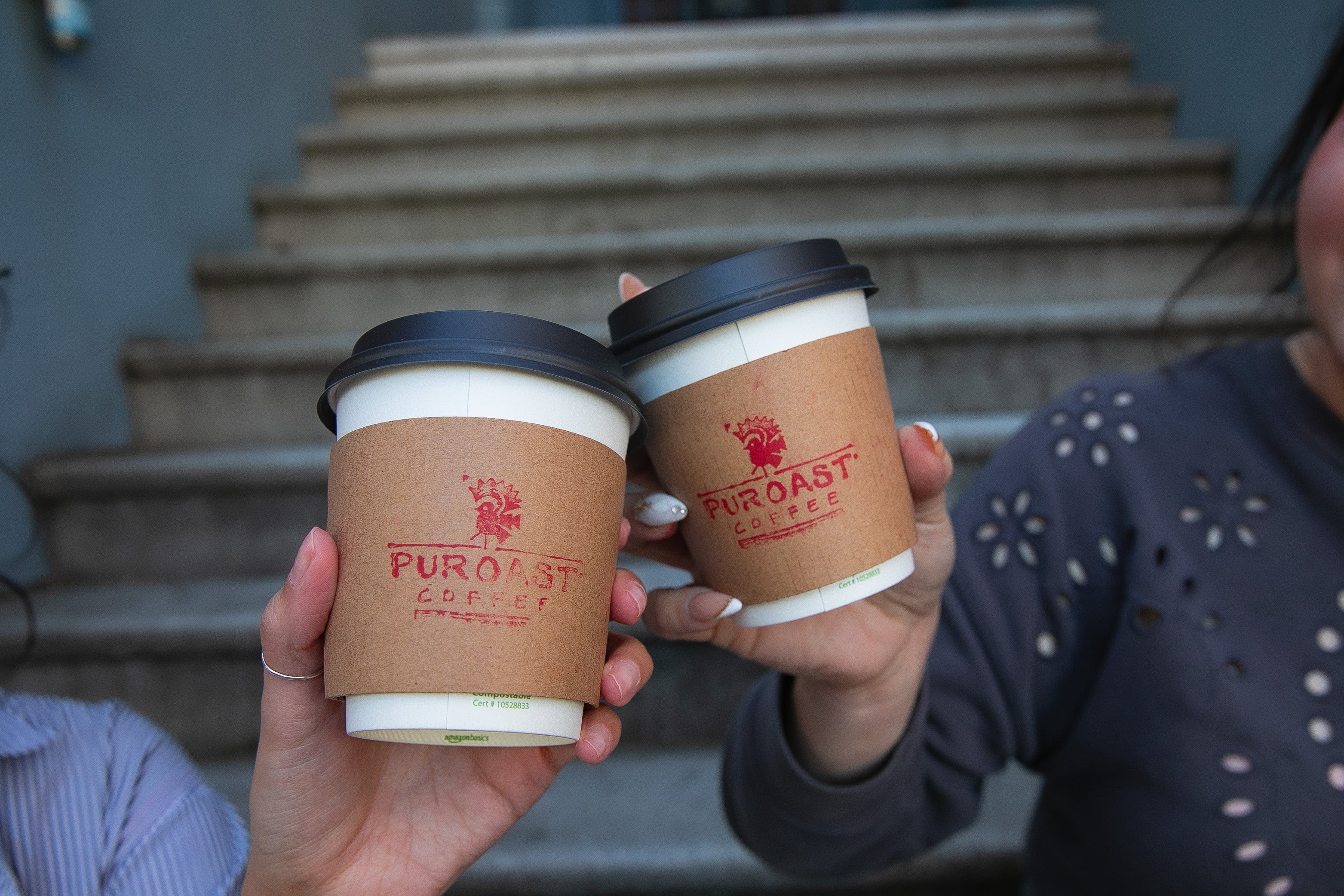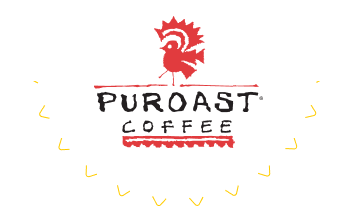The Harsh Truth About Caffeine in Authentic Decaf Coffee

For those looking to enjoy coffee without the effects of caffeine, decaffeinated coffee may be the perfect option. Unfortunately, it is not actually caffeine-free. In this guide, we cover the caffeine content of decaf coffee and its potential health benefits.
Is There Still Caffeine in Decaf?
Decaf coffee still contains trace amounts of caffeine, although it’s much less than in regular coffee. The initial levels of caffeine in green coffee and how you decaffeinate the coffee determine the amount of caffeine left in decaf coffee. On average, a cup of decaf coffee will contain between 2 and 12 milligrams of caffeine – compared to around 95 milligrams in a regular cup. So it is between 90-97% less caffeine on average! Not totally decaffeinated but pretty close.
The Direct-Solvent Process, Indirect-Solvent Process, Swiss Water Process, and Carbon Dioxide Process are the various methods for decaffeinating coffee. As stated above these decaf processes don’t completely remove all of the caffeine. people sensitive to caffeine may find they can still experience some of its effects when drinking decaf coffee, although much lower when compared to regular coffee.Let us find out how each decaffeination method works and how effective they are.
Multiple Ways to Decaffeinate Coffee
Indirect-Solvent Process
This Process may be the least efficient of them all. It tends to lose some of the coffee flavor during the process and removes between 95-97% of the total caffeine content.
- Green Coffee is boiled
- The boiling water collects all the flavor constituents along with the caffeine from the green coffee
- The water is then transferred to a "cleaning tank" where it is washed with methylene chloride or ethyl acetate
- The solvents combine with the caffeine molecules
- It is then boiled again to a critical temperature which evaporates away the caffeine-bonded solvents
- The previously boiled beans are then re-soaked in the now caffeine-free water to re-absorb the flavor previously lost
Most of the flavor loss happens during the boiling steps and the lack of total re-absorption.
Direct-Solvent Process
The Direct-Solvent process is more efficient than the Indirect-Solvent Process. The Green Coffee directly contacts the chemical solvents though, and therefore is a less desirable method.
- Green Coffee is steamed
- they are rinsed with either methylene chloride or ethyl acetate for 10 hours
- Usually ethyl acetate is used since it is a by-product of sugar canes
- though some ethyl acetate is produced artificially
- The solvent binds with the caffeine from the green coffee and is then drained
- The Green Coffee is steamed again to reduce any remaining caffeine
This method has some loss of flavor during the steaming process, although it is less compared to boiling.
Swiss water process
This process involves no added chemicals, AKA the all-natural method. It relies solely on solubility and osmosis.
- Green Coffee is soaked in hot-water
- Hot-water is then passed through a charcoal filter
- The charcoal filter captures the large caffeine molecules
- The flavor constituents are able to pass through
- Previously Soaked Green Coffee is discarded
- The Flavor-rich water is then soaked with fresh Green Coffee
- The Flavor-rich water has 0 caffeine
- therefore it induces only the caffeine to leave the fresh green coffee via osmosis
- Once the water is saturated with caffeine, the water is dumped
- The green coffee left over has almost all the caffeine removed and almost no flavor loss
Swiss-Water Decaffeinated Coffee is an efficient process with a 93% retention of flavor constituents and a 97% caffeine removal.
CO2 Process
The most efficient caffeine removal process is the CO2 process, otherwise known as the supercritical CO2 method. Zurt Kosel from the Max Plank institute most recently invented the CO2 method. This process
- Green Coffee is soaked in water
- The soaked green beans are then placed into the Extraction Container
- liquid CO2 is forced into the extractor with a pressure of 1000 pounds/square inch
- The high pressure CO2 essentially knocks out the caffeine molecules from the green coffee
- The CO2 is then transferred into the Absorption Chamber
- Here the caffeine-laden CO2 is decompressed and where the caffeine separates to the bottom
- CO2 is freed of caffeine and pressurized for re-use
The caffeine removal rate is between 97-99%. This makes it the most efficient caffeine removal process to date. The negatives of this method include high costs, as well as the destruction of some flavor content during the highly pressurized CO2 injection.
Unfortunately There is Always Caffeine
The unfortunate truth is that all coffee has caffeine, even decaffeinated coffee. This is the harsh reality about decaf coffee. Compared to regular coffee, it is a minimal amount of caffeine, but it is still 1/3 the caffeine of a can of coke. Therefore for people whom are sensitive to caffeine, remember that decaffeinated coffee still has a significant amount of caffeine compared to non-caffeinated drinks
Decaf Coffee and Antioxidants
For most, drinking coffee with 97% less caffeine might seem like drinking beer without alcohol. So why do people drink it? Although caffeine is the biggest driver for coffee consumption, coffee has many other benefits to it other than caffeine. For some people who have been drinking coffee their whole life, they may just want the familiar flavor of a habitual drink. For others, it is a great source of antioxidants. In general, coffee is antioxidant-rich and has 1.5x more antioxidants than green tea. Decaffeinated coffee is no different. Recent studies have shown one coffee brand, Puroast Coffee, to be super-enriched with 7x the antioxidants of green tea.
Health Benefits of Antioxidants
Antioxidant-rich sources prevent many diseases, including cancer and heart disease. There are many other health benefits as well. An Antioxidant-rich diet helps reduce stress, improves mental health, improves brain function, reduces aging, and improves eyesight.
Top 5 Decaf Flavors on the Market
1) Mocha Java Decaf Coffee - Puroast Coffee ($14.40/lb)

Mocha Java Decaf Coffee is our number one choice! Puroast Low Acid Coffee uses a Swiss-Water Decaffeinated Process which is the preferred all-natural method. Puroast Low Acid Coffee is Antioxidant-rich and low in acid which makes their decaf coffee a notch above the rest. Their Mocha Java Decaf Coffee combines subtle Mocha Java flavors with the highest quality decaffeinated coffee beans to create a mellow dessert coffee with a smooth finish that won’t upset your stomach. Drink in the morning or during the evening for a smooth and flavorful cup of coffee.
2) Vanilla Macadamia Decaf - Lion Coffee ($23.44/lb)

Lion Coffee uses a Swiss-Water Decaf Process, which again is the preferred all-natural decaf process. Lion Decaf Coffee promotes a smooth tropical flavor. Their decaffeinated brew created from Arabica coffee beans inspired by the flavors of vanilla and macadamia is a delicious choice for flavored decaf.
3) Salted Caramel Decaf Coffee - Coffee AM ($19.90/lb)

Coffee AM uses an Indirect-Solvent Decaf Process. This salted caramel decaf coffee is no exception to the infamous coffee flavors of Coffee AM. This savory salted caramel delight hooks you after one sip. It's great as a morning pick-me-up, or an after-dinner-treat.
4) Chocolate Cherry Decaf - Door County Coffee ($20.80/lb)

Door County Coffee utilizes an Indirect-Solvent Decaf Process. Door Country Coffee is famous for the cherry flavors. Therefore we thought this combination of chocolate and cherry is a decedent choice for a cup of flavored decaf coffee in the morning.
5) Coconut Caramel Crunch Decaf - Country Morning Coffee ($14.54/lb)

Country Morning Coffee also uses an Indirect-Solvent Process. This decaf flavor combines Coconut, caramel, and chocolate covered marshmallows to create a sweet desert like sensation for your decaf coffee. Enjoy this decaf coffee after a nice dinner!
10 comments
-
gate.io borsası on
Very nice post. I just stumbled upon your blog and wanted to say that I’ve really enjoyed browsing your blog posts. In any case I’ll be subscribing to your feed and I hope you write again soon!
-
gate.io türkiye on
At the beginning, I was still puzzled. Since I read your article, I have been very impressed. It has provided a lot of innovative ideas for my thesis related to gate.io. Thank u. But I still have some doubts, can you help me? Thanks.
-
gate io nedir on
At the beginning, I was still puzzled. Since I read your article, I have been very impressed. It has provided a lot of innovative ideas for my thesis related to gate.io. Thank u. But I still have some doubts, can you help me? Thanks.
-
Registro de binance on
Your point of view caught my eye and was very interesting. Thanks. I have a question for you. https://www.binance.com/pt-BR/register?ref=YY80CKRN




I don’t think the title of your article matches the content lol. Just kidding, mainly because I had some doubts after reading the article. https://www.binance.com/zh-TC/register?ref=OMM3XK51